Yoga is a spiritual science that has been practiced for thousands of years in India and for over a century in the United States. While the ultimate goal is to achieve a transcendental state, the tools of yoga can be used to alleviate ailments of the body and mind and to improve the day-to-day lives of practitioners.
The most commonly used yoga practices are physical postures, breathing exercises, and meditation. These practices have been studied for their effect on numerous conditions that affect western populations such as asthma, diabetes, high blood pressure, and even menopausal symptoms.
Menopause can be a stressful time when the brain is affected by erratic hormone levels. Exercise is known to reduce stress, and the good news for those who don’t like traditional forms of physical activity is that yoga reduces menopausal symptoms and perceived stress better than other forms of exercise.2
One of the most common symptoms that affect women in the peri- and post-menopausal periods is hot flashes. Prevention magazine cites a study reporting that yoga can reduce hot flashes by 31% while also improving mood, libido, and craving control.1
Another frustrating symptom is memory loss. Yoga has been shown to improve remote memory, attention and concentration, and immediate recognition and retention of information.2
There are many styles of yoga, and the more aggressive types often exacerbate symptoms due to their focus on generating heat in the body. These include Vinyasa flow, power yoga, Ashtanga, and Bikram. Gentle and restorative classes and poses are a better choice for mitigating symptoms. Yin yoga uses floor-based postures that are held for 3-5 minutes, stretching muscles and joints slowly. Iyengar yoga uses props to help support the body and achieve proper alignment in those with limited flexibility, making this an excellent type of yoga practice for beginners.
Patricia Walden, a well-known Iyengar yoga instructor, recommends calming and restorative poses to relieve anxiety and irritability. Inversions are excellent for regulating the endocrine system, but instead of headstand, try supported bridge pose using bolsters, or shoulder stand and plow using a chair. Place your head on a bolster when doing forward bends, and use as many blankets as necessary to achieve total relaxation in reclined cobbler’s pose.3 These poses can be found via online illustrations or videos, or consult the assistance of a qualified teacher.
When you practice yoga regularly, you can ease the transition that happens during menopause while reaping the benefits that contribute to overall good health: increased strength and flexibility, enhanced energy, mental clarity, healthy organs, and the ability to live in the present moment.
Dr. Needle received her yoga instructor certification from Sivananda Yoga Vedanta Centres International. She is a naturopathic doctor at Optimal Health Center in Palm Desert and can be reached at (760) 568.2598.
References: 1) http://www.prevention.com/fitness/yoga/10-yoga-poses-to-relieve-menopause-symptoms/slide/1; 2) Nirmala Vaze and Sulabha Jsohi. Yoga and menopausal transition. Journal of Midlife Health. July – Dec. 2010. V 1(2), pp. 56 – 58; 3) https://www.yogajournal.com/lifestyle/the-graceful-change







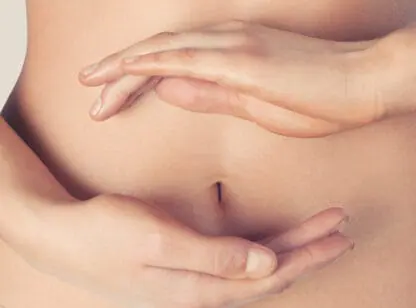
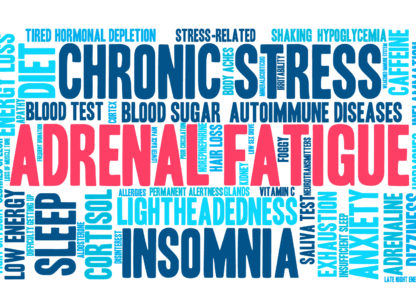
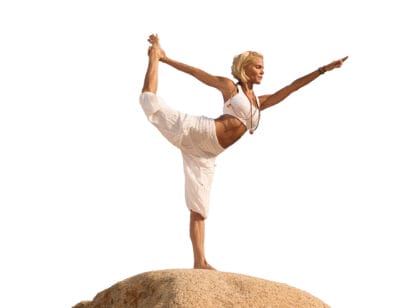
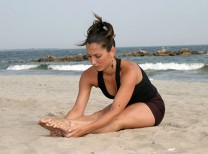







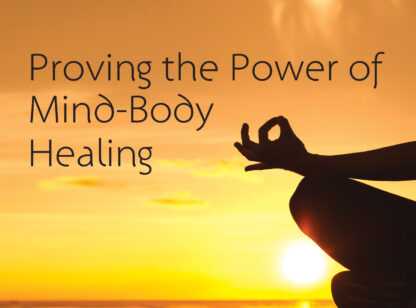
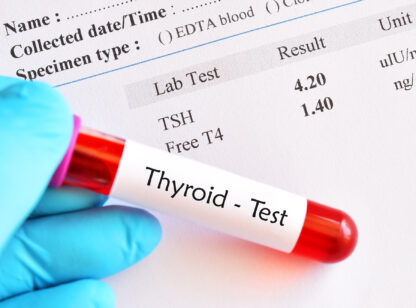





























Comments (0)